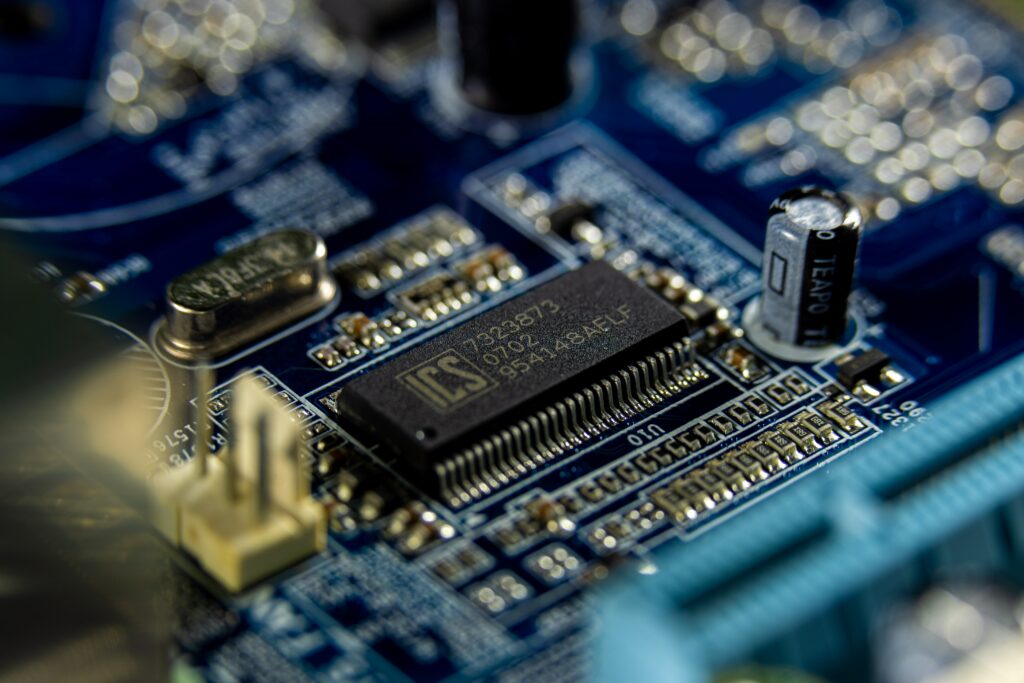How to Pick the Best Framework for Deep Learning
The other day I was perusing LinkedIn to be a nosey Nelly as I do, and one of my contact posted an interesting survey: Which one is the best framework for Deep Learning? The options were quite interesting: TensorFlow, Keras, or PyTorch?
The majority of people seemed to agree: TensorFlow is the best framework for Deep Learning, according to their answers. I, however, do not concur.
A Little Reminder About Deep Learning
But, before we get into all of that, let’s have a little refresher about what Deep Learning is. Deep learning is the field of machine learning that enables computers to mimic the human ability to learn from experience. It can be used for solving various problems in several industries like medicine, security, transportation, automation etc. You can find out a bit more about Deep Learning here.Most Common Frameworks for Deep Learning
Now let’s see some of the most common frameworks for deep learning:
- TensorFlow: TensorFlow is the most famous deep learning framework which was developed by the Google. It is open-source and cross-platform. It is one of the best and most widely used frameworks for building artificial intelligence.
- Keras: Keras is a Python deep learning library. This is also another popular deep learning library. It is very easy to use.
- TFLearn: TFLearn is a Python deep learning library developed by Open AI. It is very easy to use and fast to execute. It has many features that are not available in other libraries. Furthermore, it provides GPU support and is very easy to use.
- PyTorch: PyTorch is a Python Deep Learning Library. It is particularly useful for processing tensors using the GPU acceleration of graphics cards. I often use PyTorch in neural network processing and it is very fast.
- MXNet: MXNet is an open-source deep learning library. It is an alternative to deep learning framework TensorFlow.
- CNTK: CNTK is a free deep learning library. It has a strong GPU support. It is easy to use and it works faster than other libraries.
Most Used Frameworks for Deep Learning
Now that we have seen what are our options, let’s talk about the most used frameworks for Deep Learning – TensorFlow, Keras, and PyTorch – so that we can contrast and compare.
TensorFlow
TensorFlow is a machine learning and artificial intelligence software library that is free and open-source. It may be used for a variety of applications, but it focuses on deep neural network training and inference.
The Google Brain team created TensorFlow for internal Google usage in research and production. In 2015, the first version was released under the Apache License 2.0. In September 2019, Google launched TensorFlow 2.0, an improved version of TensorFlow.
TensorFlow is compatible with a broad range of programming languages, including Python, Javascript, C++, and Java. This adaptability lends itself to a wide range of applications in a variety of industries.
PyTorch
PyTorch is an open source machine learning framework based on the Torch library, largely created by Facebook’s AI Research division for applications such as computer vision and natural language processing (FAIR). It’s an open-source software distributed under the Modified BSD license. PyTorch also provides a C++ interface, albeit the Python interface is more refined and the major focus of development.
Tesla Autopilot, Uber’s Pyro, Hugging Face’s Transformers, PyTorch Lightning, and Catalyst are just a few examples of deep learning applications developed on PyTorch.
PyTorch has two high-level capabilities:
- Tensor computation (like NumPy) with powerful graphics processing unit acceleration (GPU)
- Deep neural networks with an autonomous differentiation method based on tape
Keras
Keras is an open-source software library for artificial neural networks with a Python interface. The TensorFlow library is accessed using Keras.
Keras supported a variety of backends up until version 2.3, including TensorFlow, Microsoft Cognitive Toolkit, Theano, and PlaidML. Only TensorFlow is supported as of version 2.4. It is user-friendly, modular, and expandable, with the goal of allowing quick experimentation with deep neural networks. It was created as part of the ONEIROS (Open-ended Neuro-Electronic Intelligent Robot Operating System) research project, and François Chollet, a Google engineer, is the principal author and maintainer. Chollet is also the creator of the deep neural network model XCeption.
My Opinion
As you can see, at first glance these option all seem pretty similar. However, each has its own pros and cons, as you can imagine. So why did I disagree with the majority of people that took the LinkedIn pool? Well, to keep it simple, PyTorch is faster to learn (it is really pythony, if you know what I mean), has great documentation, and is easy to edit.
However, what really seals the deal for me is that I find TensorFlow’s versioning management cumbersome and hard to follow, which means you really have to pay attention to avoid any issue.
So here is my two cents on the issue! What do you think? Which framework do you think is the best framework for Deep Learning? Answer the form below and keep the conversation going!



